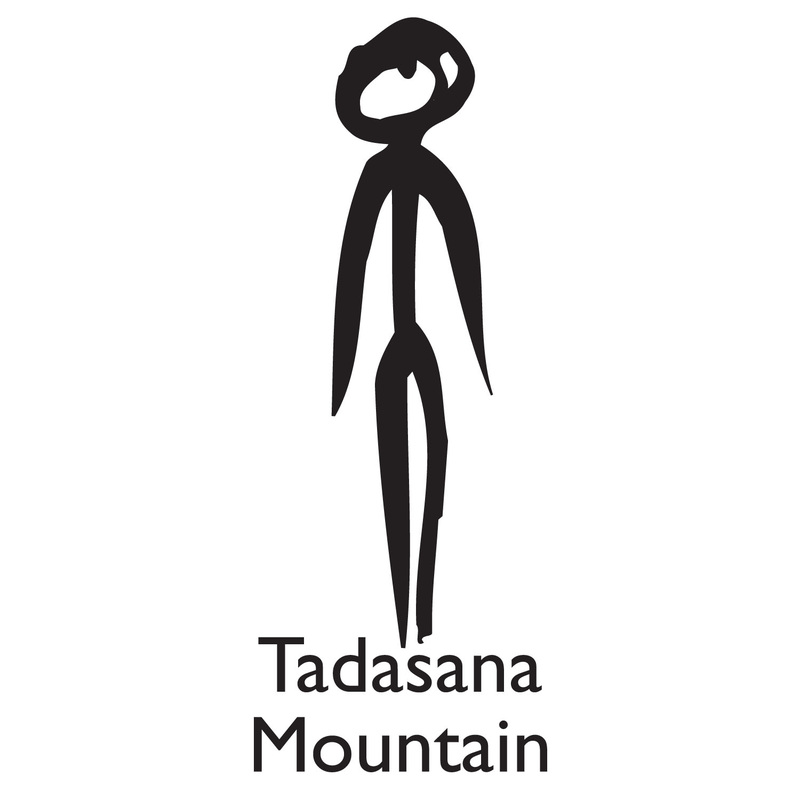|
Over the years as a practicing yogi, I've learned lots of poses, or asanas. I've learned both how to shape my body into them, how to teach others these shapes, and what these shapes are called but mostly in English. My yoga teacher training program encouraged the use of English names only in order to make the poses more accessible to Americans. Many teachers do use Sanskrit names, so I am going to write a little each week about a new pose, tell you the Sanskrit and English names, and describe the physical shape and the mental benefits. Why take on this task? It may seem archaic or unnecessary. But there is value in acknowledging the origins of things.. Using Sanskrit honors the antiquity and wisdom of the practice. Honoring the practice is an important way to keep ourselves balanced within it. The first pose I will present in Sanskrit is mountain pose, or Tadasana (tah-dah-sa-na).
Physical Instructions: In this pose, stand balanced on your two feet together or hips-width distance apart, depending on which version allows the most stability and focus. Feel the four corners of each foot grounded into the earth. Engage the thigh muscles and turn them inward. Tuck the pelvis, and feel the abdominals engage. Lift the spine toward the sky, and pull the shoulders back slightly and allow the shoulder blades glide down the back. Relax the neck and forehead, and gaze forward. Mental Benefits:
Tadasana tests our ability to engage only as much as necessary, and focus on the simplicity of standing upright. It may help you understand when your desires are out of balance. For instance, if you stand in tadasana and find yourself wanting to move out of it immediately, ask yourself what would you rather be doing right now? If you'd rather be doing a push up or a headstand, you may over-desire movement. If you'd rather be sitting or lying down, you might tend to over-desire stillness. If you'd rather be checking items off your to do list, you might over-desire work. And so on. Tadasana teaches us to be here now in lightly engaged stillness. It's a wonderful pose for present-moment awareness and mindfulness. Mindfulness is often emphasized in individual counseling because of its mental health benefits. Yoga and therapy can be used together in this way for a whole body-mind approach.
Tangela
7/20/2018 04:02:30 pm
Yoga sanskrit 1 Comments are closed.
|
AuthorKambria Kennedy-Dominguez, LPC-S |
Phone: 972.755.9120 | Fax: 214.723.5345
533 W. 12th Street Dallas, TX 75208
Privacy Policy Good Faith Estimate
©Flourish Counseling and Consultation PLLC 2024
533 W. 12th Street Dallas, TX 75208
Privacy Policy Good Faith Estimate
©Flourish Counseling and Consultation PLLC 2024


 RSS Feed
RSS Feed
